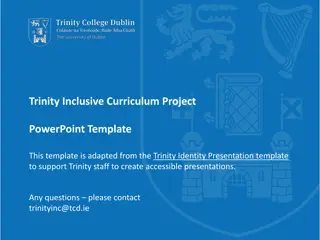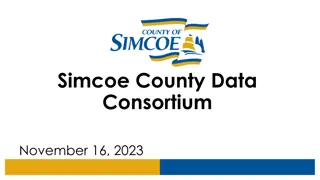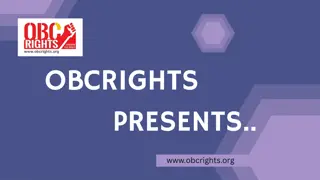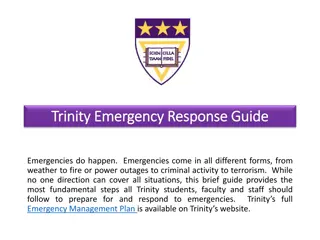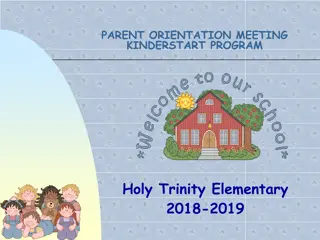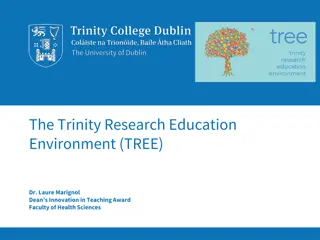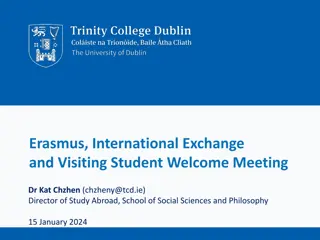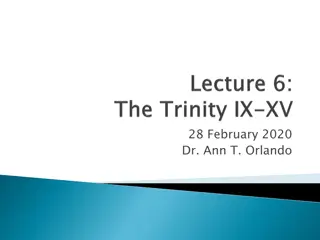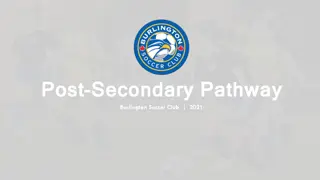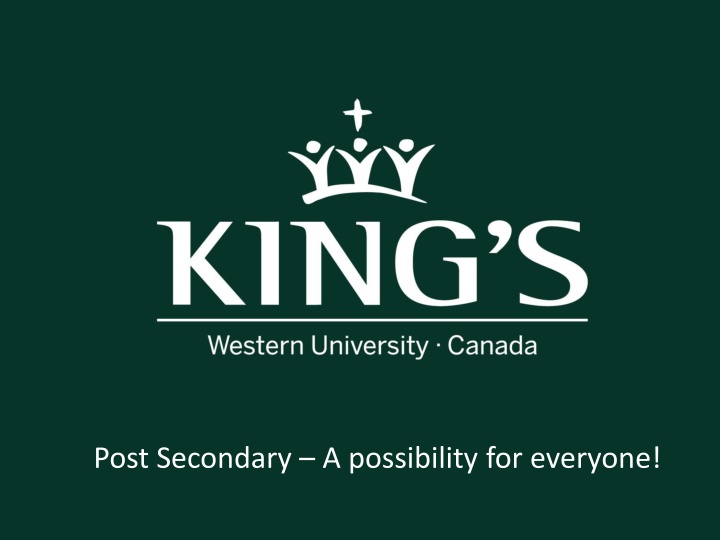
Maximizing Resources for Post-Secondary Education Funding
Discover tips and strategies for funding your post-secondary education and minimizing student debt. Learn about budgeting, student contributions, scholarships, and more to make higher education affordable and accessible for everyone.
Download Presentation

Please find below an Image/Link to download the presentation.
The content on the website is provided AS IS for your information and personal use only. It may not be sold, licensed, or shared on other websites without obtaining consent from the author. If you encounter any issues during the download, it is possible that the publisher has removed the file from their server.
You are allowed to download the files provided on this website for personal or commercial use, subject to the condition that they are used lawfully. All files are the property of their respective owners.
The content on the website is provided AS IS for your information and personal use only. It may not be sold, licensed, or shared on other websites without obtaining consent from the author.
E N D
Presentation Transcript
Funding PSE is a Partnership Student Parent(s) Government Institution
Where do I start? Research your costs Tuition, Books, Supplies? Living Arrangements? residence an apartment living at home
Importance of Making a Budget Resources OSAP Savings Parents Scholarship Total Costs Tuition\Fees $8350 Books Residence Meal Plan Spending Total $8000 $3000 $4000 $1000 $17,000 $950 $6300 $3900 $1600 $21,100 Shortage = $4,100
The Goal Minimize how much you borrow by: Taking advantage of grants, bursaries and scholarships Budgeting carefully for life as a student Working part time, summer jobs before and during post- secondary school Paying down your debt while you re in school
Paying for Post-Secondary Education -Budgeting for student life -Tips to save money while you re in school -Shopping around for a line of credit -Ways to build your savings -Paying down student debt *Worth the read https://www.canada.ca/en/financial-consumer-agency/services/budget-student-life.html
Student Contribution You are expected to contribute $3,600 per school year to your education costs From employment income in the summer Any existing savings Waived for some students ODSP, Crown Wards or Single Parents
Scholarships, Awards and Bursaries APPLY! APPLY! APPLY! Institution Awards ( College and University) Local School Board Some Popular Websites -www.yconic.com -www.scholarships.com - www.aucc.ca / www.univcan.ca - www.scholarshipscanada.com Pay attention to early deadlines!!
Student Line of Credit Student line of credit vs. parent s line of credit Differences in amounts and interest rates when out of school Can still apply for most needs based awards if student line of credit Most banks offer Student Lines of Credit where interest only payments allowed until graduation It s a good back up plan
Parental Contribution Talk to your family, it s a partnership Ways they can contribute; Monthly assistance (i.e. rent and/or food) Tuition Benefit through employer Aeroplan Miles Higher ED RESP
RESP Speak to your advisor What are the rules about withdrawing funds (amounts)? Am I required to withdrawal in the first year or can I defer? How do I best utilize this RESP? Things to consider Proof of Enrollment from school will be required to access the RESP Submit request early enough to meet tuition due dates OSAP no longer asks about RESP income
Why Everyone Should Apply Grant and Loan Programs function through one OSAP application Interest-free loan while in school Full Time 6 month grace from payment period once finished FAMILY BACK UP PLAN
Recent OSAP Changes Starting in 2017-18, Ontario bundled many existing grants into one grant called the Ontario Student Grant (OSG) The Provincial Government recently made changes to parental income contributions and 4 year independent status now 6 years The Federal Program within OSAP has not changed significantly in the last several years
How is OSAP Assessed? Costs Expected Resources = Need Parent s income is considered for 4-6 years Students Current year income, scholarships and assets are considered Need is funded by Grants first, then loan Students can accept Grants Only
OSAP Application Launch Create a profile on the OSAP website Create a link to your OUAC or OCAS app. You will be notified when the 20-21 OSAP application is ready An application for every school you applied to attend will be started for you. Apply early have your estimate early!!
OSAP Appeals Examples of Exceptional Circumstances Care of a dependent relative Job loss, illness, death or retirement of a Parent Legal Costs, Funeral Costs, Care of a Child with Disabilities Local Travel Allowance/Commuting Difficult Family Situations
OSAP Deadlines Find out schools deadline to defer your tuition payment Ensure all documentation is submitted on time Keep checking your status online
Important things to remember Post-secondary is a possibility for everyone Everyone s journey will be different Student s should book a financial aid appointment if they feel they do not have the funds to attend post-secondary

